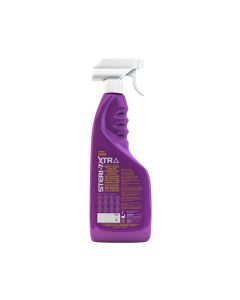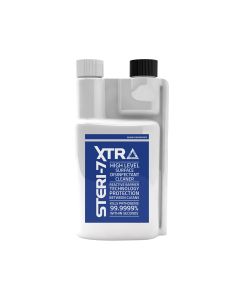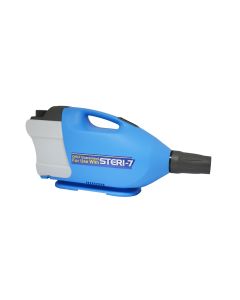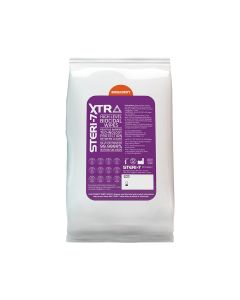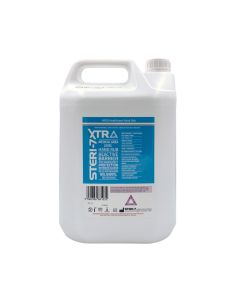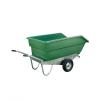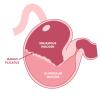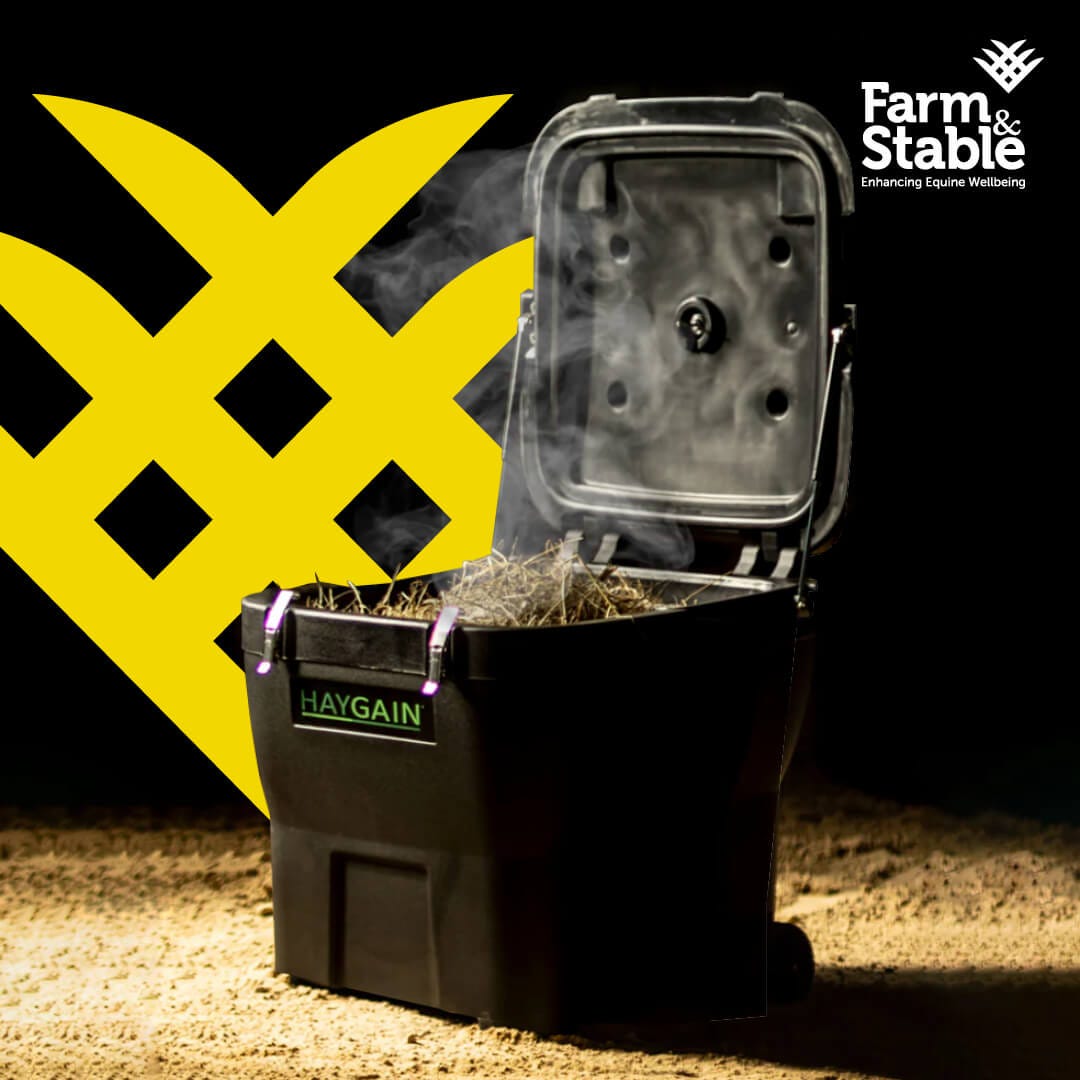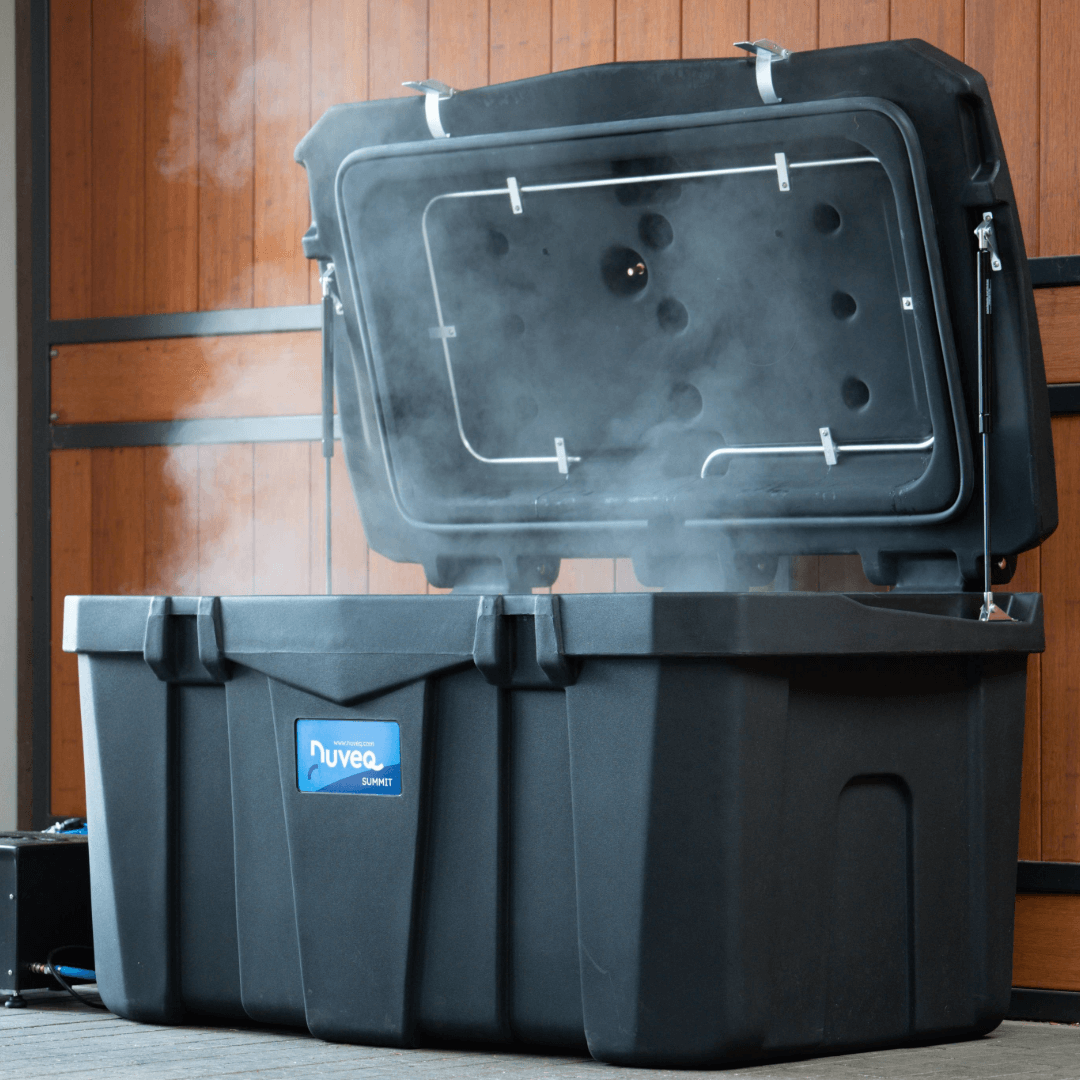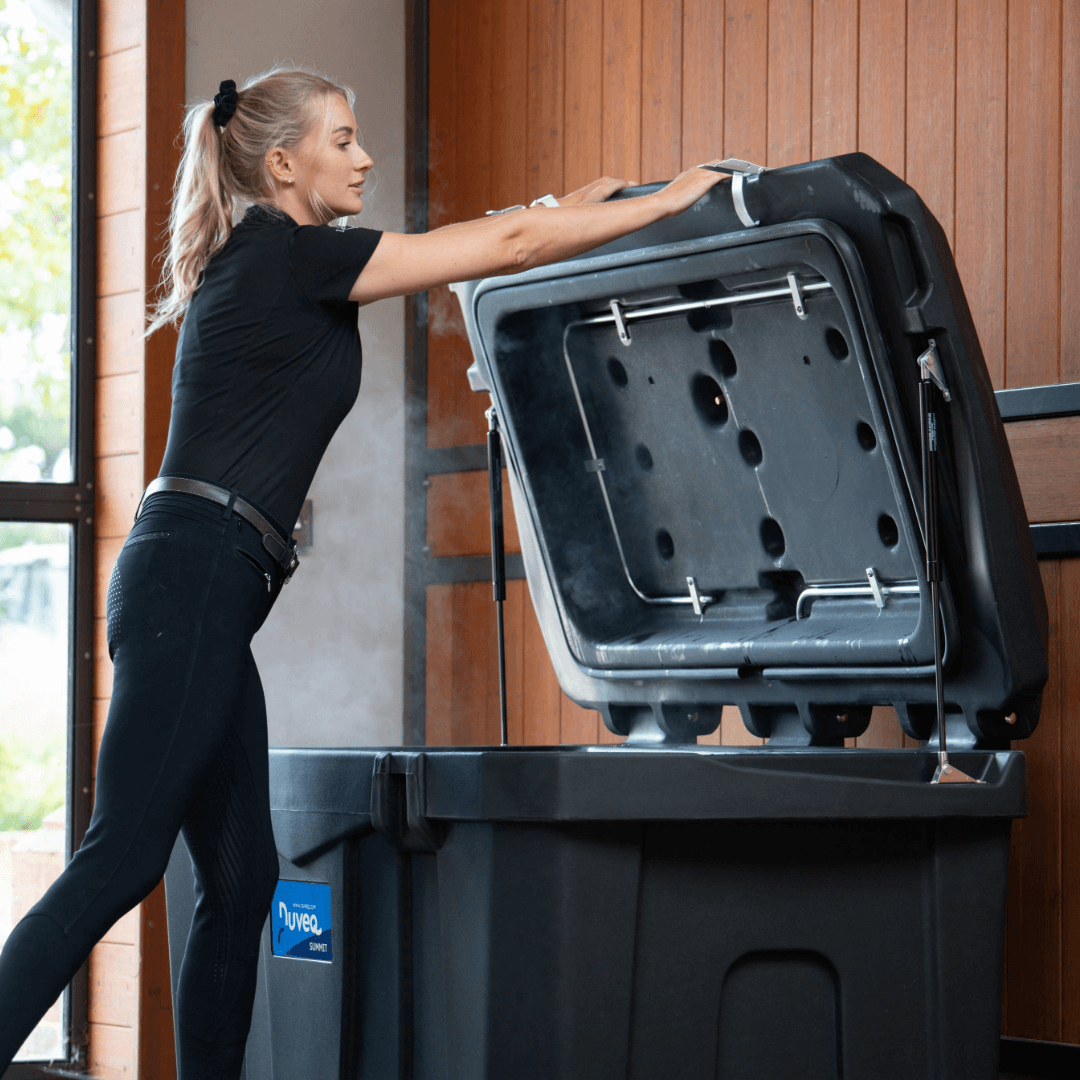WARNING: Equine Herpes Virus Outbreak UK

Recently (June 2022), there have been reported cases of equine herpes virus (EHV) outbreaks on yards across the UK. This virus is a serious threat to horse health and strict biosecurity measures should be adopted to reduce the risk of infection.
What is EHV?
EHV is a type of virus that lays dormant in a surprisingly large proportion of the British horse population. It is believed that most horses have been exposed to the disease by the time they are two years old, and they then become potentially lifelong hidden carriers of the virus. This means that the virus is always present within the horse population and is therefore always a potential threat.
Is EHV dangerous?
Yes- EHV has the potential to be life-threatening.
While the virus can lay dormant and therefore be harmless in horses for many years, it can be activated in the horse in times of stress.
When the virus is activated, not all horses show clinical signs of infection, but they will be shedding the virus making it highly contagious.
There are five strains of EHV that affect horses, (EHV-1 to EHV-5), the two most common being EHV-1 and EHV-4.
EHV-1 can cause significant respiratory problems, abortion in pregnant mares and, in severe cases, neurological problems that can lead to paralysis and even death. The rare severe case of EHV-1 sadly took many equine lives following an outbreak in Mainland Europe in February 2021. The major outbreak was linked to a showground in Valencia where horses were competing in part of a showjumping tour. Following the event that was attended by international competitors, 10 countries became infected with the virus, including the UK.
EHV-4 more commonly causes mild respiratory problems and very occasionally a single case of abortion in a pregnant mare.
What to Look Out For
The group that is most susceptible to the virus is young horses, this includes weaned foals and yearlings, and cases are typically more prevalent in the autumn and winter. Older horses can also pick up the virus but are less likely to show obvious signs of infection.
Horses with the respiratory form of the disease may show the following symptoms:
- Raised temperature or fever
- Coughing
- Watery discharge from the nose that can become thick
- Loss of appetite
- Swollen throat glands
- Eye infection/conjunctivitis
Signs of the neurological form of the disease may include:
- Lack of energy
- Limb weakness or a lack of coordination
- Difficulty urinating/dribbly urine
- Inability to lift the head or tail
- Leaning against a fence or wall
- Inability to stand
These neurological symptoms are likely to be preceded by the initial signs of respiratory disease.
In pregnant mares, the horse may unexpectedly lose her unborn foal, or if the foal is carried to term, it may be born weak, with breathing problems, or die within a few days following birth.
How is EHV spread?
As it is possible for horses to shed the virus without showing signs of infection, EHV can spread very rapidly.
A horse can become infected with EHV by inhaling the virus that has become airborne due to an infected horse coughing or sneezing. It can be transmitted via infected surfaces that may include anything from stable walls and yard equipment to brushes, boots and shoes. The virus can also survive in the local environment for up to a month after being shed by a horse.
Unlike equine flu, EHV only travels around 50 metres in the air- this is considered a short distance.
Nevertheless, the disease is considered to be highly infectious within groups of horses that are living together on yards or in paddocks, and amongst horses that come into contact with one another at shows, competitions or training events etc. The risk of transmission is far greater inside barns because air space is shared without the wind being able to disperse the infection as it would do outside.
The incubation period (the number of days between infection and the start of symptoms) is usually about four to six days but can be as little as 24 hours.
Using Steri-7 to Protect Against EHV
Strict biosecurity and hygiene practices are the key to preventing an EHV outbreak on your yard. For this, you will need a strong disinfectant that is proven to be effective at killing the EHV. Therefore, we recommend using Steri-7- a high-level disinfectant cleaner that has reactive barrier technology that provides protection against the virus between cleans.
Equine STERI-7 is one of the most advanced disinfectant cleaners to be introduced into the Equine marketplace. It is the only product that has been independently tested and proven to remain active for 14 days after application. This is thanks to the Reactive Barrier Technology which allows STERI-7 to provide double protection. This means when applied to a Stable wall, floor or door, all tack and even rugs and blankets, the biocide in STERI-7 kills the germs that are present, while at the same time a lasting barrier is created that ensures that germs subsequently introduced are also killed, just as effectively 24/7. STERI-7 has been used as an integral part of Biosecurity procedures at some of the world’s top racing yards and prestigious stud farms. It played an integral part in biosecurity practices throughout the duration of covid on yards across the UK as it is 99.999% effective against all major pathogens and viruses, including EHV.
How to Use Steri-7 to Reduce Transmission of EHV
- Fogging Steri-7 is an easy way to disinfect stables quickly and effectively. It can be done by any member of staff and all the equipment required is available on our website. See a short clip of fogging with Steri-7
- Practice hand washing in between handling horses. Steri-7 Foaming Hand Sanitiser is available here.
- Regularly clean feed buckets, brushes, towels, and tack/equipment. Steri-7 is available as wipes and a convenient 750ml spray. Just like in the times of coronavirus and social distancing, these items should also be strictly kept separate for each horse.
- Steri-7 can be added to your rug wash.
- Use Steri-7 every 14 days to ensure maximum bio-security.
Further Measures
- When away from your own yard, do not allow your horse to interact with other horses. This includes prohibiting sharing water or grazing where other horses have been.
- Monitor your horse’s temperature, especially if your horse has been away to an external event.
- Pregnant broodmares should be kept separate from horses that are attending external events.
- Have an isolation plan for new arrivals or potentially infected horses.
- Isolate new arrivals away from the main group of horses for three to four weeks
- Isolate horses at the first sign of infection and contact your vet immediately for advice.
- Report an infected horse straightaway to trace possible points of infection and to help prevent the further spread of the disease.
In the UK in most cases, it is not the law that you must report a case of EHV. However, the Horseracing Betting Levy Board’s code of practice requires thoroughbred breeders to notify the Thoroughbred Breeders’ Association if a case of EHV occurs, and other breeders are strongly encouraged to inform their relevant breed association.
What to do during an Equine Herpes Virus outbreak
If you get a case of EHV on your yard, then all horse movement on and off the yard should cease. These restrictions should stay in place for at least 28 days after the last case has been picked up. You should also inform the local equestrian community so they can implement their own safety measures.
Horses that are confirmed with EHV should be isolated with strict biosecurity measures put in place to reduce the likelihood of the virus spreading. Ideally, separate staff should attend to the infected horse to reduce the risk of infection between horses.
Treatment of EHV
Because EHV is a virus, antibiotics are not effective at treating it. However, your vet may prescribe anti-inflammatory medication to help reduce high temperatures and relieve pain where necessary.
Horses showing signs of respiratory infection should be kept in a dust-free environment and be on complete rest, while horses showing neurological signs should be kept in a stable with a deep bed with feed and water within easy reach. If a horse becomes unable to stand, regrettably euthanasia may be recommended on the basis of welfare.
Mares that have miscarried due to EHV will usually appear well in themselves and therefore do not require specialist treatment. However, they can still be contagious and should be isolated for 28 days and be kept separate from other pregnant mares for eight weeks.
Equine Herpes Virus Summary
The risks of EHV should not be under-estimated as data from recent outbreaks suggest that the virus is becoming increasingly more contagious.
This blog has been researched and written by our marketing team based on freely accessible information in the Equine market. Please treat this as general advice and for specific guidance, please speak to your Equine Vet for information relating to your horses or indeed for any treatment of Equine Herpes Virus on your yard or locality.
You may also wish to consult your vet practice regarding the availability of the Equine Herpes Virus Vaccine.
Effective biosecurity during periods of heightened risk using products such as Steri-7, alongside quarantine implementation is vital to reducing the spread of EHV.
The best biosecurity protocol is always Prevention first. Steri-7 Equine concentrate will not only help prevent infection but will also help break the cycle during an outbreak.
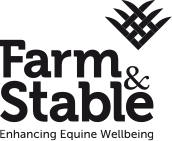

 Forgotten your password?
Forgotten your password?  Free Delivery on all orders over £95+VAT
Free Delivery on all orders over £95+VAT
